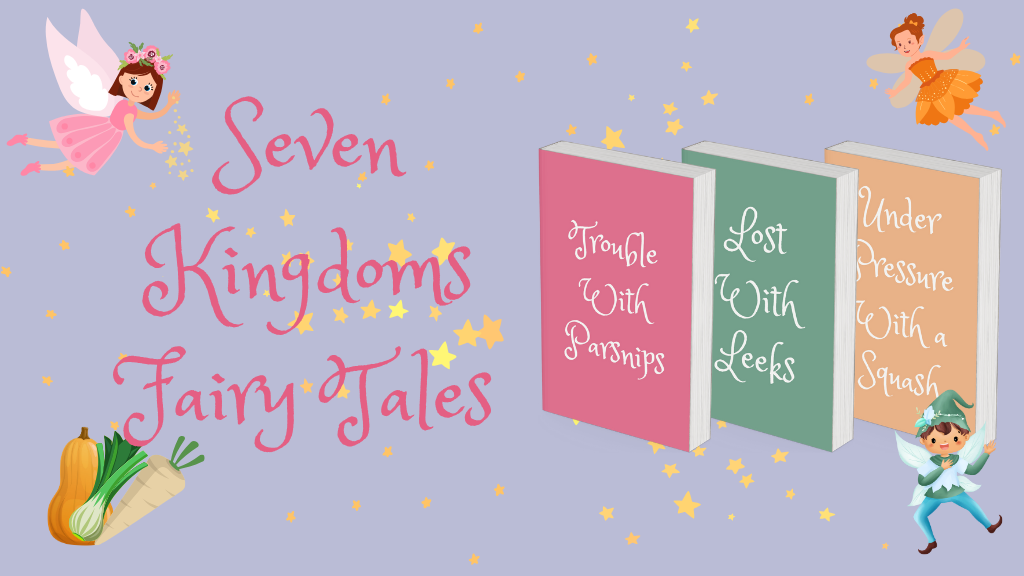Videos of Print-on-Demand
Here are a few virtual tours of the print-on-demand process. It’s amazing to see how the covers and pages come together and turn into books. Enjoy!
Amazon
If you’ve ever wanted a tour, here’s a video of the machines and people who make the books for Amazon near Chicago. Keep reading for more virtual tours of printing in action!
What does it look like when the book publishing industry becomes more sustainable?
For many years, the usual way to publish books was to guess how many readers would want, print that guesstimate, and any leftovers were “remaindered” or sold in a way that the authors didn’t receive payment.
As you can imagine, that meant a lot of waste. Lots of unread books ended up in landfills.
At the 2023 Frankfurt Book Fair, an inspiring and hopeful session on Publishing Sustainability Goals described a way to measure the carbon emissions for each book. The end product will be a QR code that readers can scan to find out how sustainably the print book was created in 5 basic areas:
- Content Creation–including things like how the author is writing the book, the editor is editing it, and the work of the designer, formatter etc.
- Paper production
- Printing
- Transport and Retail
- End of use–or how the book’s raw materials are recycled.
Print-On-Demand technology is a way to print books only when they are wanted.
Where are Bumpity Boulevard Press print books made?
Traditionally, publishers printed books first, then tried to find readers. This meant lots of returned or “pulped” books. Print-on-Demand is a way to make books only after they are ordered. Bumpity Boulevard Press print books are made as close to you as possible, with a variety of print-on-demand suppliers. Find out more about our books.
We’ve got plans to make an excellent second edition of the Seven Kingdoms Fairy Tales for the United Kingdom. If you’re interested in following along, follow the project here.
More Virtual Tours of the Printing Process
Short videos from BookVault and Ingram to give you the inside view.
If you’re tired of big technology, scroll down for a glimpse of an earlier way to read. 🙂
BookVault (UK)
BookVault is a print-on-demand supplier that offers special printing options to make special editions.
Ingram and IngramSpark
This video is from Ingram, one of the largest wholesale book distributors in the world. Many publishers use their services, but not all publishers use print-on-demand.
Note: this video is from 2012 and doesn’t show a step-by-step process.
Go back in time and read about how our reading has changed over the centuries. 🙂 Interested in the history of books?
Try this: “8 Ways Books are Better than Scrolls: the eBooks of the Ancient World”


